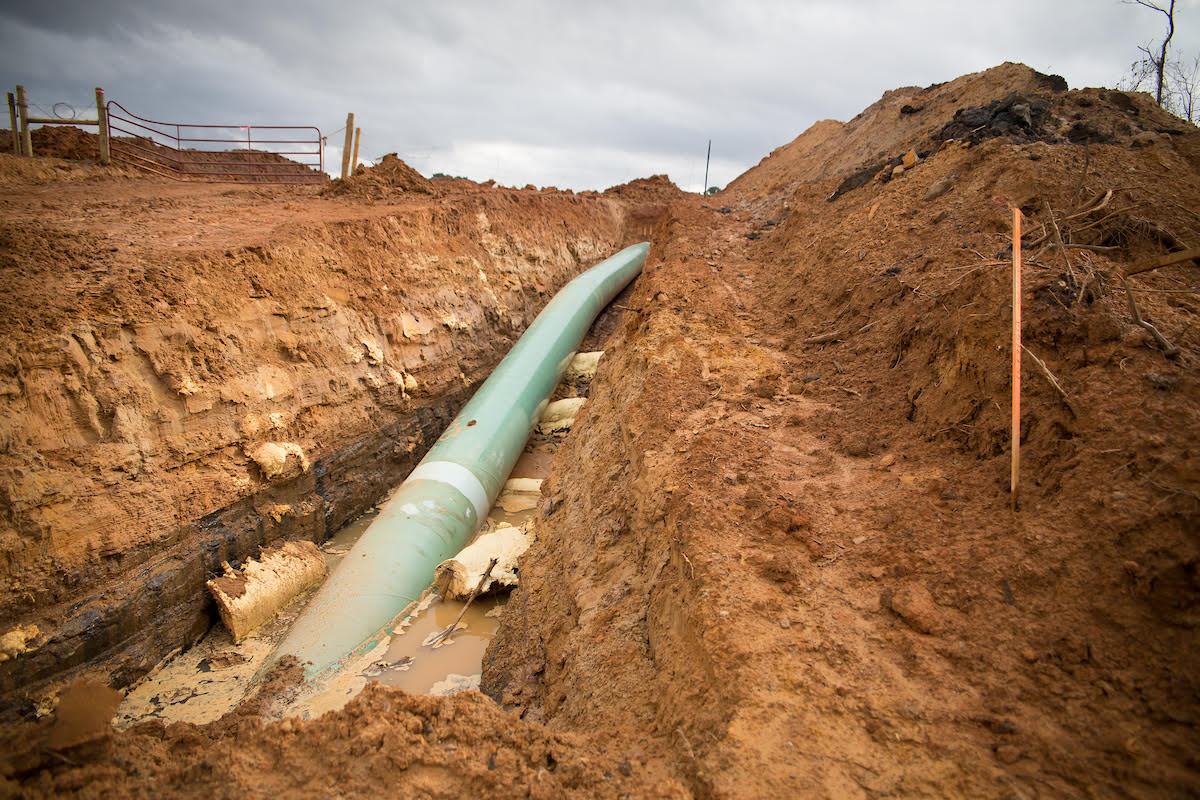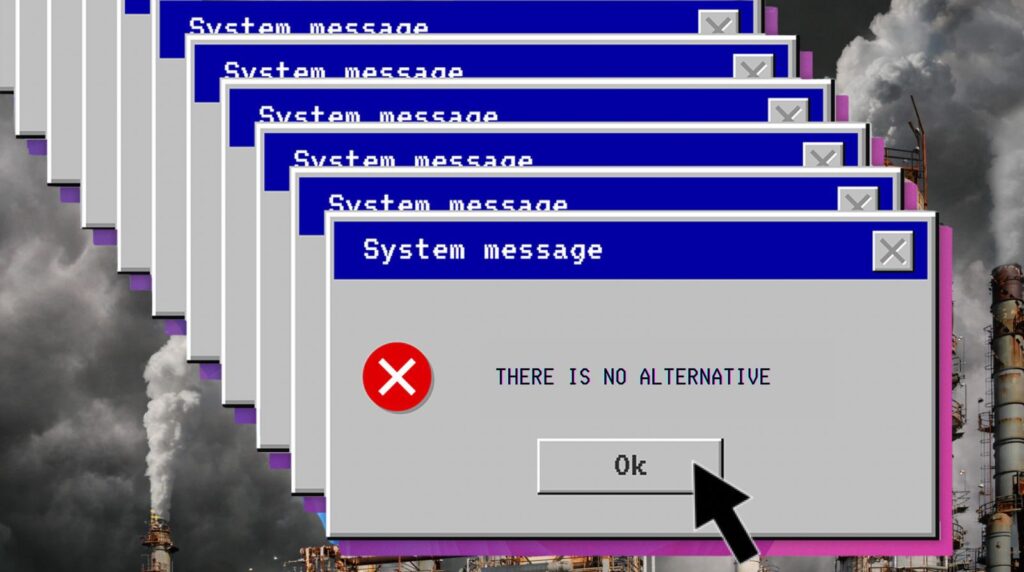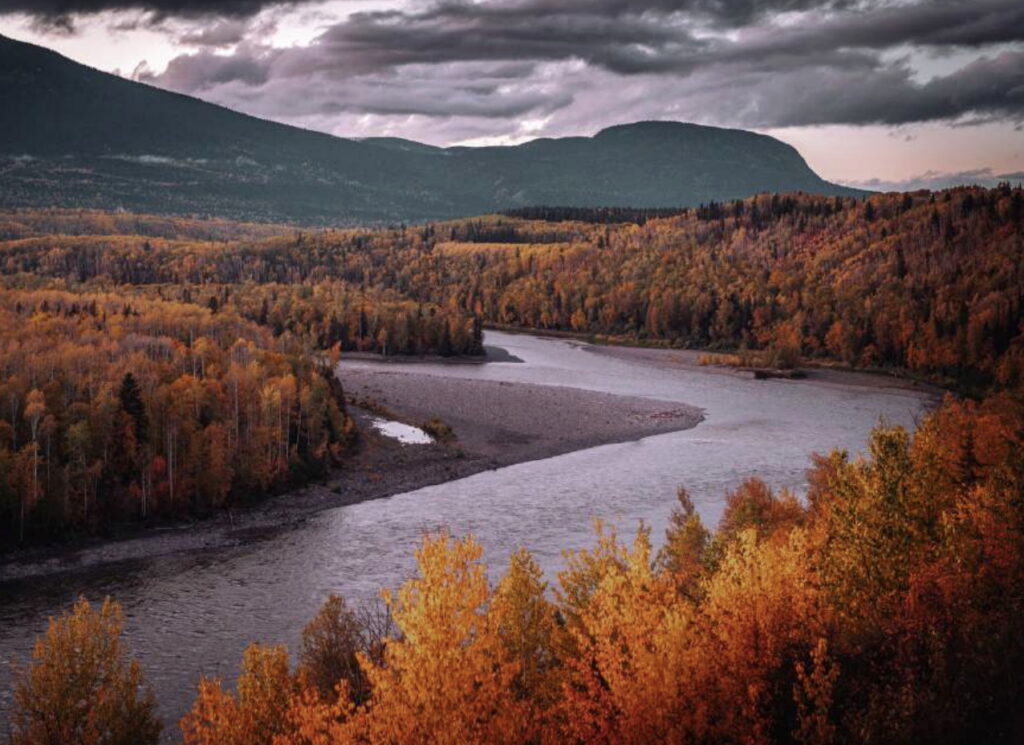On Wednesday, February 6, an oil spill in St. Charles County, Missouri, caused the shutdown of two major oil pipelines, one owned by Enbridge and the other by TransCanada, as investigators began searching for the source of the spill.
Today, TransCanada confirmed in a statement that its Keystone pipeline — which has had severe corrosion issues in this area in the past — was the likely source of the oil spill, which Missouri officials initially estimated to have leaked 1,800 gallons. Meanwhile, officials from Enbridge said the company was “highly confident” its Platte pipeline was not the cause of the leak.
“Following overnight activity and excavation, preliminary investigation has led TransCanada to believe that the oil discovered in St. Charles County likely originates from the Keystone Pipeline system,” TransCanada spokesman Terry Cunha said, according to the Associated Press, “and we will continue to conduct our activities accordingly.”
The cause of the spill is not yet clear and investigators have not yet confirmed its precise location.
“There’s a lot of unknowns at this point,” said Brad Harris, chief of Missouri’s Department of Natural Resources’ environmental emergency response section told the St. Louis Post-Dispatch.
State officials said that the leak had stopped flowing on Wednesday but that the pathway containing the two pipelines, buried roughly 8 feet deep, was being excavated as part of the investigation.
The Keystone pipeline, which begins in Hardisty, Alberta and runs south across the U.S., is part of the larger Keystone pipeline network. One leg — where this week’s spill occurred — branches off from Steele City, Nebraska, and runs to Patoka, Illinois, passing just north of St. Louis. The proposed (and long-delayed) Keystone XL pipeline would serve as a more direct and larger route for Alberta’s tar sands oil than the Keystone.
Keystone XL oil pipeline hearing rally in Washington, D.C., on October 7, 2011. Credit: Elvert Barnes, CC BY–SA 2.0
Pipeline’s Troubled Past
A look back at the Keystone pipeline’s history — less than a decade long — shows the pipeline has faced serious troubles in that Missouri county before.
In 2017, its operator was fined over $100,000 after federal regulators found Keystone suffered severe corrosion, design shortcomings, and construction issues along the roughly 500 mile stretch of 30-inch pipe now shut down — including severe corrosion in the same the county where this week’s spill was discovered.
Back in May 2015, DeSmog’s Julie Dermansky broke the news that the Keystone pipeline had suffered from corrosion so severe that it was worn through 95 percent in some places after being in service for less than two years.
In one spot, inspectors found the pipeline was down to a metal layer just one third the thickness of a dime.
That spot was in St. Charles County, the same county where the oil spill was discovered Wednesday.
Emails Dermansky obtained through an open records request reveal that on October 17, 2012 TransCanada reported shutting down oil flow on a section of the Keystone pipeline, after an inspection subcontractor discovered “an external metal loss anomaly located in St. Charles County, MO (northwest of the St. Louis metro area).”
“Three more similar anomalies” were discovered within a 4-mile stretch of the Keystone pipeline, “ranging from 78 percent to 85 percent deep,” an internal U.S. Pipeline and Hazardous Materials Safety Administration (PHMSA) email explained.
“It is highly unusual for a pipeline not yet two years old to experience such deep corrosion issues,” Evan Vokes, a former TransCanada pipeline engineer-turned-whistleblower, told DeSmog at the time. “Something very severe happened that the public needs to know about.”
Vokes previously alleged that TransCanada fostered a “culture of noncompliance” and “ignored legally required regulations and codes” in 2013 testimony before Canada’s Senate.
Main image: TransCanada’s Keystone oil pipeline in rural Nebraska. Credit: shannonpatrick17 via VisualHunt, CC BY
‘Keystone Is Confident’ About Mitigating All Risks
The pipeline company had assured federal regulators that the leg of Keystone running through St. Charles County was fully repaired before flow was re-started in 2012.
“Keystone is confident that all operational risks have been identified and mitigated through the restart operations plan,” read an October 21, 2012 restart operation plan obtained by DeSmog from PHMSA.
In November 2015, PHMSA sent TransCanada Oil Pipeline Operations, Inc. a notice faulting the company for “unprecedented” anomalies “caused by an inadequate cathodic protection design.” Cathodic protection is one of the key tools that pipeline operators use to prevent oil and gas pipelines from corroding.
Among the alleged violations outlined by PHMSA were “cathodic protection deficiencies” discovered in 62 locations. The federal regulator concluded that TransCanada had allowed those problems to “remain uncorrected for multiple years.”
TransCanada’s fine was whittled down between 2015 and 2017. PHMSA originally recommended a fine of $187,200. TransCanada disputed one of the violations PHMSA had alleged, which asserted TransCanada had failed to conduct 51 required test readings, and asked for its fine to be reduced. In May 2017, PHMSA withdrew its testing allegation as well as a proposed compliance order and issued a “reduced civil penalty of $135,400.”
In 2010, the same stretch of pipeline came under scrutiny after the St. Louis Post-Dispatch reported federal regulators had discovered defective steel pipe was used on the Keystone pipeline in the St. Louis area.
The amount of oil spilled this week is not yet clear — nor is the leak’s exact location or cause.
Missouri’s Natural Resources Department described it as affecting roughly 4,000 square feet of land near the Mississippi River.
“According to TransCanada’s own emergency response plan, the potential for the worst possible spill between Steele City, Neb., and Patoka is in St. Charles County near the confluence of the Missouri and Mississippi rivers,” the St. Louis Post-Dispatch had reported in 2010 as it reported on the defective steel pipe.
Had this week’s oil spill, which occurred about 2,000 feet from the Mississippi River, spread into the river, it could have flowed towards a drinking water intake for St. Louis that environmentalists said was located just downstream from the spill site. State authorities said the now-contained spill had not reached any waterways.
November Keystone Pipeline spill in South Dakota turns out to be nearly twice as big as first reported https://t.co/sHlF4UOpSp
— Sarah Rankin (@sarah_rankin) April 9, 2018
In November 2017, the Keystone pipeline spilled in South Dakota, causing the pipeline to be shut down for roughly two weeks. TransCanada had originally estimated the spill as 210,000 gallons — but it was eventually revealed to have dumped 410,340 gallons of oil, earning it a spot as the country’s seventh largest oil spill from 2010 to 2018.
“I think this is a situation where we can say, ‘I told you so,’” John Hickey, the director of the Sierra Club’s Missouri chapter, told the St. Louis Post-Dispatch Thursday. “The environmental community, including the Sierra Club, said when [Keystone] was being built that it was not being built right, A. And, B, this spill is in the worst possible place.”
Main image: An exposed section of the Keystone pipeline system’s Phase III project, the Gulf Coast extension pipeline, running through Smith County, Texas. Credit: © Julie Dermansky 2013.Subscribe to our newsletter
Stay up to date with DeSmog news and alerts








